Attention to detail is critical to capturing the best portrait photography. Creating a bold photo begins with professional portrait photographers who help their subjects prepare for the session. Preparing for portrait photography can produce a fun and efficient experience.
Portrait photography differs from headshot photography. Since portrait photography has a lot of moving parts than headshot photography, there is much more take into to consideration. Read more about their differences in this article.
Trust our experience as portrait photographers to guide you towards better preparation. If you want to make the most of a portrait session, then follow this these tips before you arrive on set.
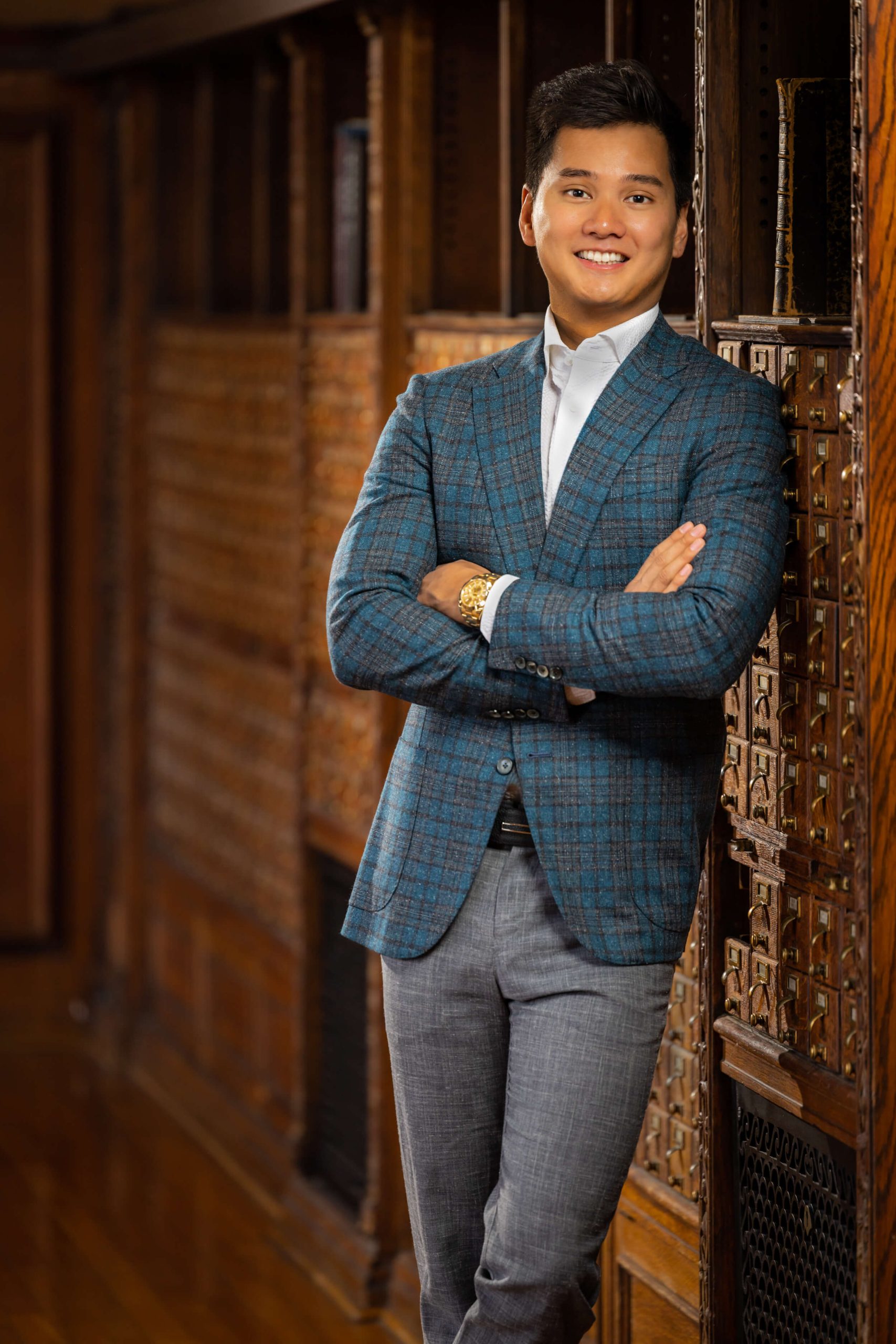
Portraits will typically photograph you at full body length or around ¾. Plan for full-length by wearing the appropriate footwear.
Keep your wardrobe consistent from head to toe!
A doctor never has to hold a stethoscope for viewers to understand that they are a doctor. Remember to keep it simple.
Trust the portrait photographer to capture the best representation of you.
Wear meaningful accessories that compliment your wardrobe. It is important to keep yourself in the spotlight.
The purpose of portrait photography is to capture people—not so much inanimate objects.
Your clothes should fit perfect. As portrait photographers, we have techniques that we use on set to make your suit or pants fit better.
In the worst-case scenario, we have Photoshop.
Above all, a portrait will always look best when your clothes fit as they should. If necessary, visit a tailor.
We’ll capture a clean look on camera when your clothes fit. Avoid any wardrobe malfunctions, too.
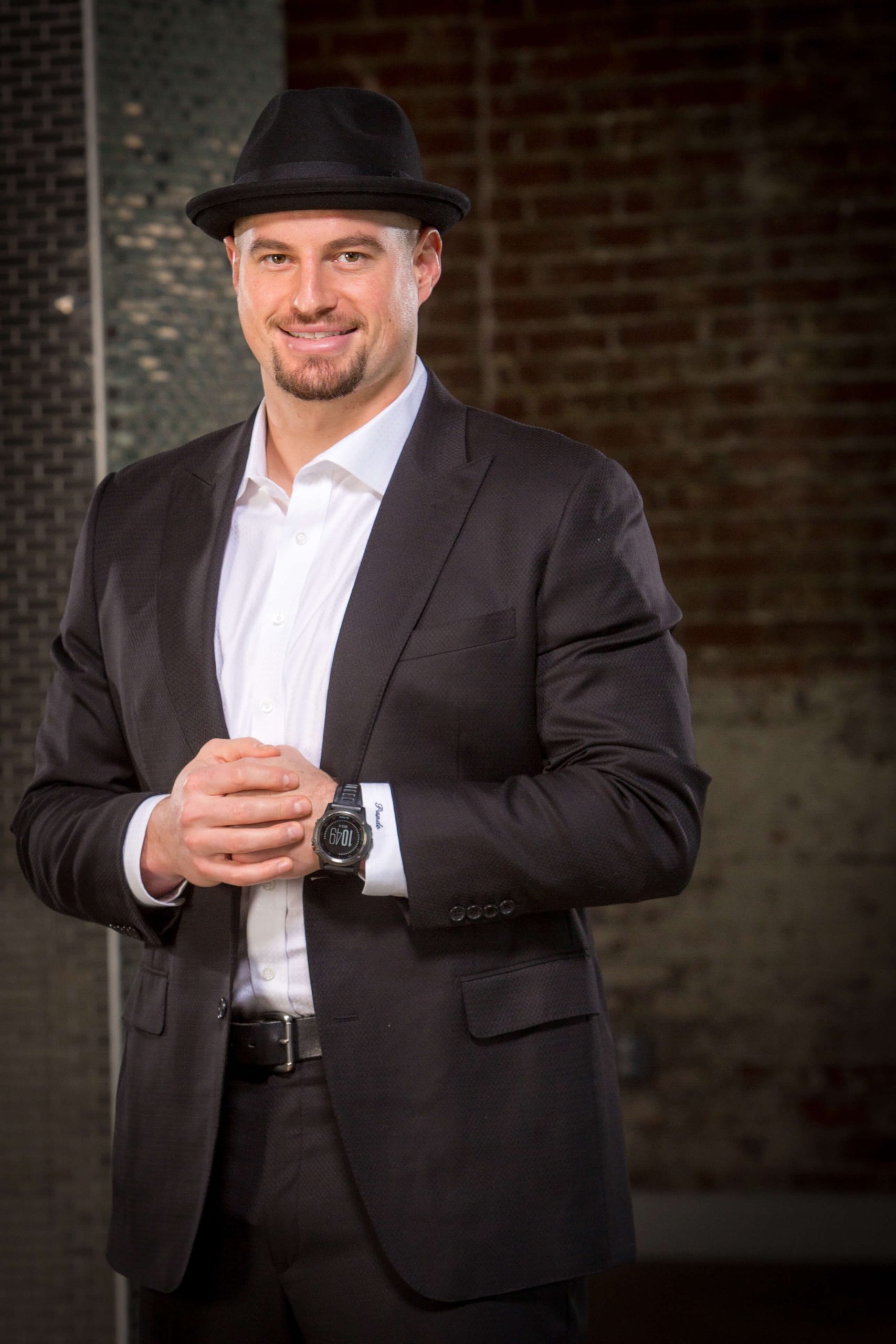
Ironing or steaming clothes makes them look clean and brand new. You’ll feel fresh on set with a polished outfit. We recommend ironing or steaming your clothes before arriving on set.
If there is time to do this a few minutes before the session begins, then that is best.
Extreme wrinkles are a pet peeve. They deteriorate the photo. A few wrinkles are natural, but try to eliminate this as much as possible.
Removing wrinkles is difficult and time-consuming in post-production. Keep the wrinkles to a minimum for the best natural portrait photography.
A tie or bowtie is always a fantastic way to add a pop of color to your outfit during portrait photography.
Rather than blending into the shirt, the tie is an accent piece that grabs attention. Treat it as such.
Experiment with tie patterns such as herringbone, houndstooth, pin dots, or geometric. These are classic styles that add flair to your suit.
A stylish tie speaks volumes about fashion sense.
Ties are easy to switch. Bring a few ties to the portrait session, so you have the chance to make a last-minute adjustment. And make sure to prepare yourself by knowing how to tie the perfect knot.
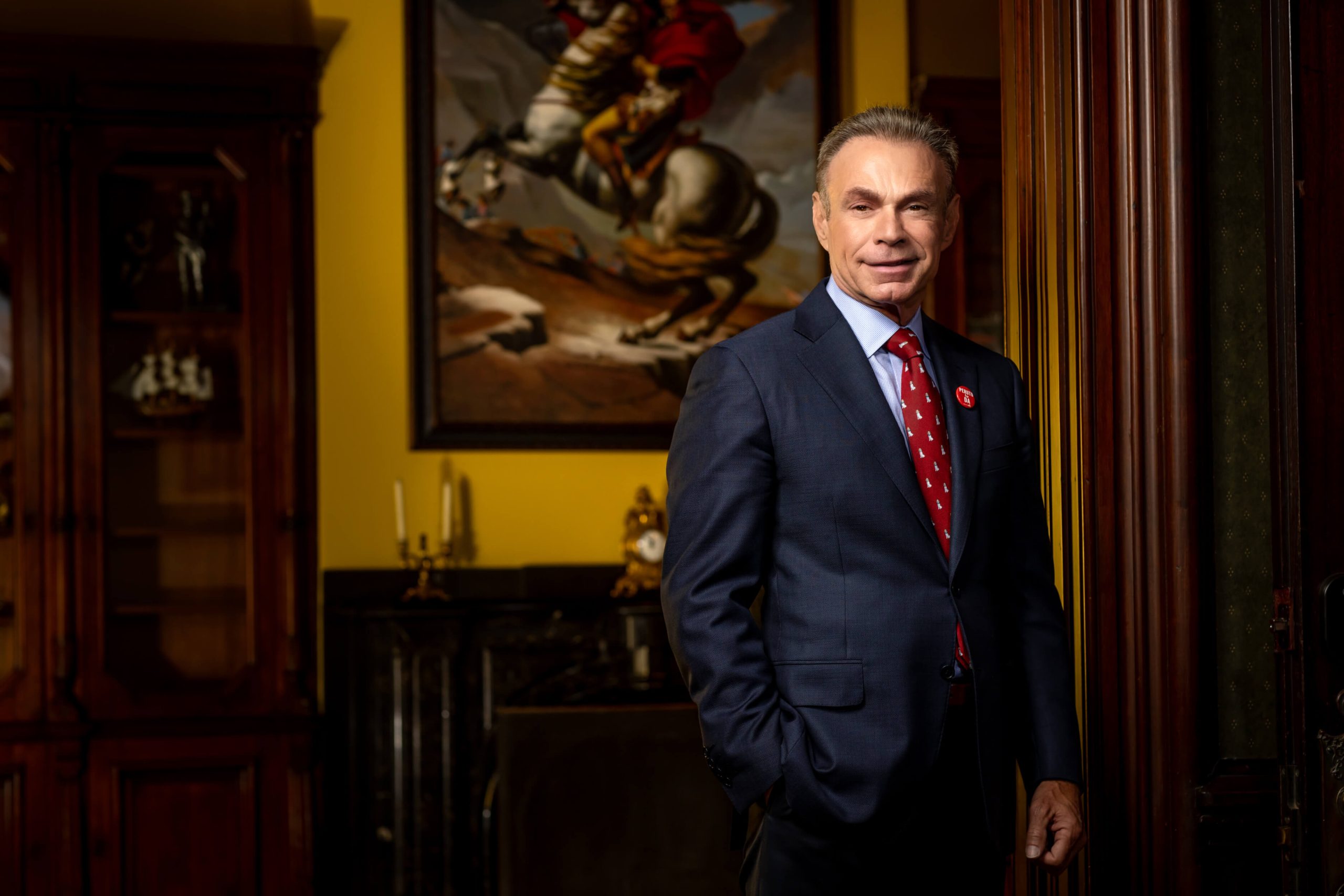
We prefer to avoid white because it is an ultra-reflective color. White draws the viewer’s eye away from everything else. It is often too loud in the photo.
Wearing white can work in special cases. Typically, it is never our go-to shade.
White is a very formal color: white tie events, weddings, white-collar, etc. Even if you’re on a beach, we recommend wearing khaki brown, heather grey, or a soft blue instead of white.
White matches with everything, but it can sometimes saturate an outfit. Also, white clothes will accumulate more dirt. You’ll either need to stay extra clean, or rely on post-production to remove accidental stains.
Unless the photographer has a special concept for a white outfit, there are many other interesting colors that will add vibrancy to your portrait photo.
However, if you absolutely love that white dress, then just notify your photographer beforehand and they'll make it work for you.
As portrait photographers, all-black is usually our outfit because it blends into the environment. Black clothes are a common outfit for many professionals, but portrait photography is an opportunity to break this cycle.
Black clothes hide weight and make the subject look thin. However, a portrait photographer can adjust this in post-production.
Black clothes work in special circumstances. Experimenting with dark textures or a greyscale color palette, will make a black outfit look clean, sophisticated, and bold. Overall, we think black clothes are best for conceptual portrait photography in a studio setting.
For instance, a subject wearing black clothes against an earth-tone background will stick out like a sore thumb. The palette should blend and appeal to the eye.
There is no crime for wearing black during a portrait photography session. If black is your most comfortable style, then go for it. We recommend adding a splash of color to create interest.
Earth-tone colors enhance a portrait photo.
Samples of these colors include deep navy, olive green, rust, salmon pink, warm beige, orange-red, or orchid purple.
Choosing earth-tone colors makes the photo more vibrant. It is “easy on the eyes.”
Earth-tone clothes make the palette blend well together.
An outdoor location shoot lends itself to an earth-tone color palette. The subject will blend with the environment, whereas black and white colors tend to protrude.
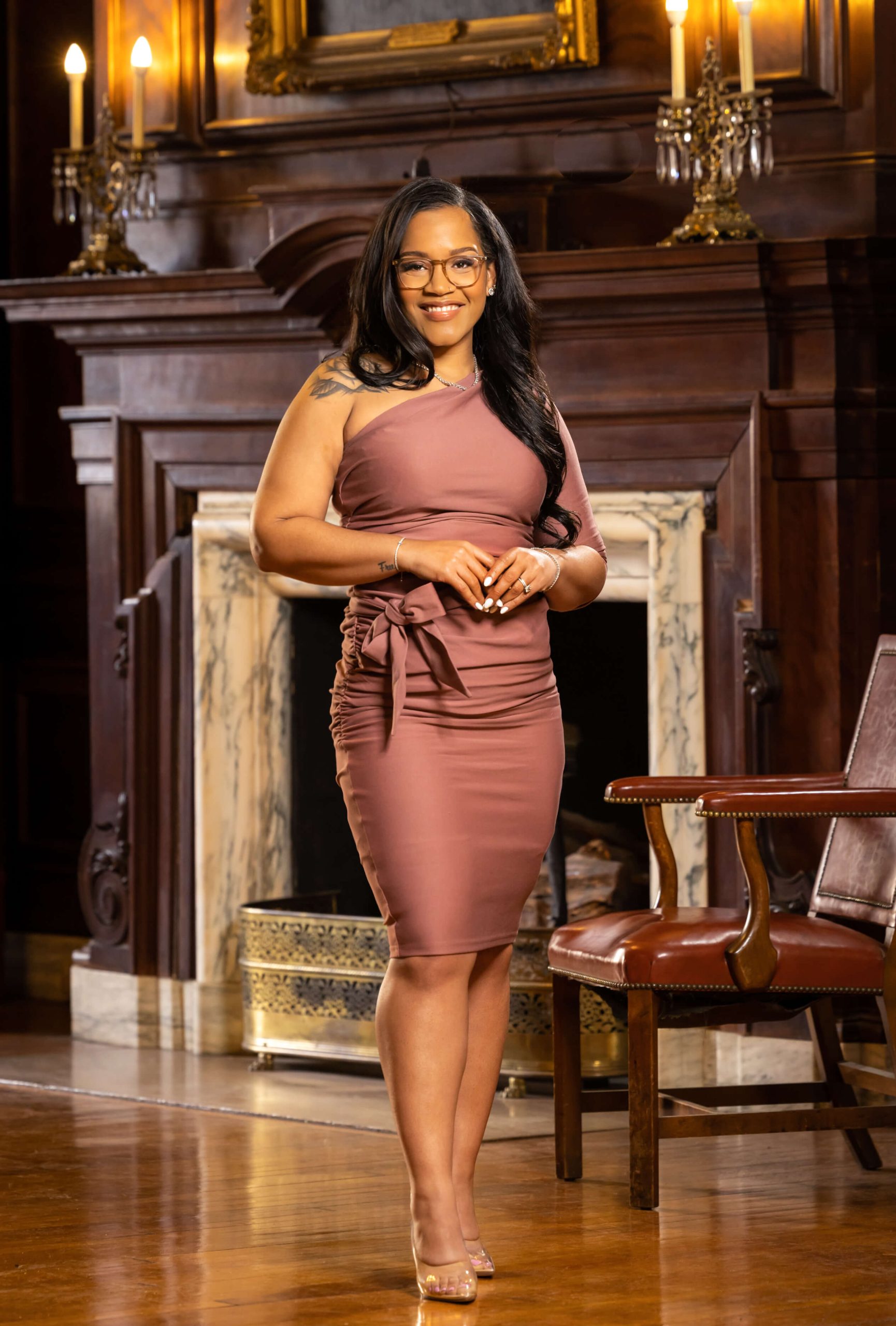
Some people look good in certain colors. Find the color that fits your complexion and physical features.
Ask close friends and family if they have the answers to this.
For example, if you have green eyes, then wearing a green accessory can accentuate this feature. You’ll want to avoid a green shirt, which could overpower this.
As portrait photographers, we try to make each photograph dimensional. Wearing layers of clothes gives the subject a dimensional look.
It also adds an array of colors and appealing textures.
Some options may include a shirt with a sweater, or a jacket with a scarf. When preparing your wardrobe for a portrait photo, try to add visual interest with combinations.
Experiment by mixing clothes that work well together.

The same goes for light tones against light backgrounds. As portrait photographers, we want to set a consistent mood.
Photographers can use light to make the setting lighter or darker. It mainly depends on the subject and their wardrobe.
As mentioned previously, dark tones make the subject look thinner. If you’re planning to capture a portrait against a dark tone, then consider wearing clothes that blend into the color palette.
Light tones emphasize physique against dark backgrounds because the subject is more visible in the portrait.
If the subject is confident and wants to grab the attention of viewers, then consider this styling approach.
A same day haircut can look obvious. We find that it is a more natural look to schedule a haircut a few days before the portrait session.
After a trim at a barbershop or salon, it can leave excess hair on your body and clothes.
Spreading out hair (and make-up) appointments makes the day less hectic. If you mismanage your time with a hair appointment, it could wreck the whole day.
The time crunch makes your portrait session more stressful, and could possibly result in a reschedule.
Remember to look your best. If you want to remove any excess facial hair that may appear on camera, then do this. The camera will capture the finest details, so trim your nose, eyebrows and ears to your comfort level.
This is your reminder to focus on the forgetful details.
Dry skin causes irritation and discomfort. A little bit of moisturizer can make a big difference. Moisturizer seems to deteriorate on the face over time, so make certain to bring a travel size for future application.
We recommend using face moisturizer on the face and hand moisturizer on the hands.
If you have a prescription skin care treatment, then make sure to do everything necessary before the portrait session.
Chapstick is critical. Dry lips will show on camera just as dry skin. We recommend bringing a simple chapstick to fix this problem.
Bringing chapstick is another key component of making a portrait look its best. Regularly apply it as you need for the best results.
Lipstick goes on last. Apply it 10-15 minutes beforehand.
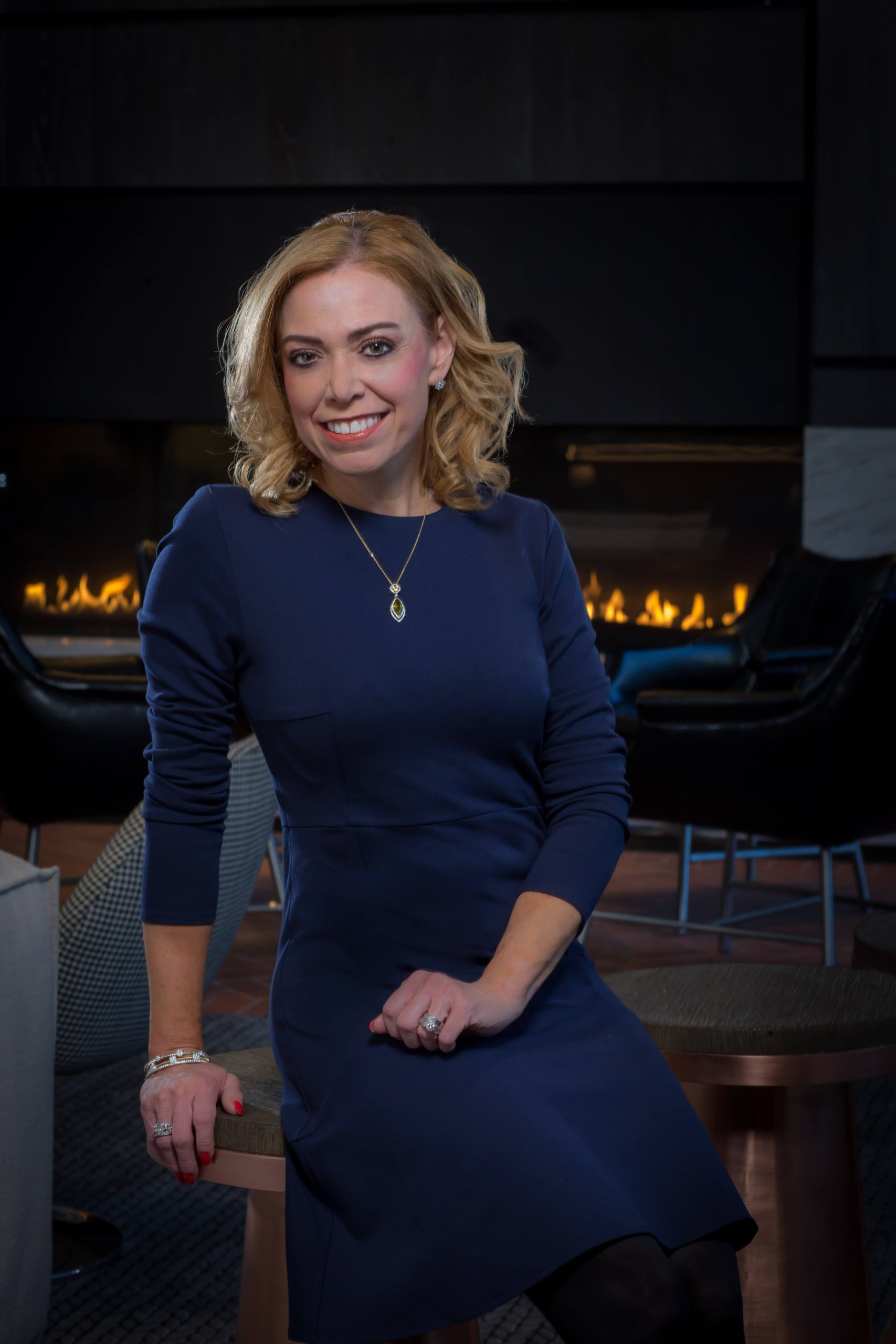
Too much sun can damage your skin or produce unflattering tan lines. If you have a portrait session soon, then make sure to avoid a lot of sun.
If you’re active in the sun, then apply sunscreen or keep to the shade.
It is obvious to recognize someone who recently returned from their trip to the beach. A little bit of sun is doable for portrait photography.
However, the sun can severely damage skin. In the worst-case scenario, clients need to reschedule and wait for their skin to heal.
Shine is the result of an oily face. It is a natural occurrence, but very easy to eliminate for portrait photography.
Minor shine is fixable in post-production. On the contrary of this, a lot of shine on the face causes problems. The solution to reducing shine is rice paper!
Rice paper absorbs oil on your skin and decreases the shine.
Avoid rubbing rice paper into your face. It is most effective with gentle presses against each region of shine.
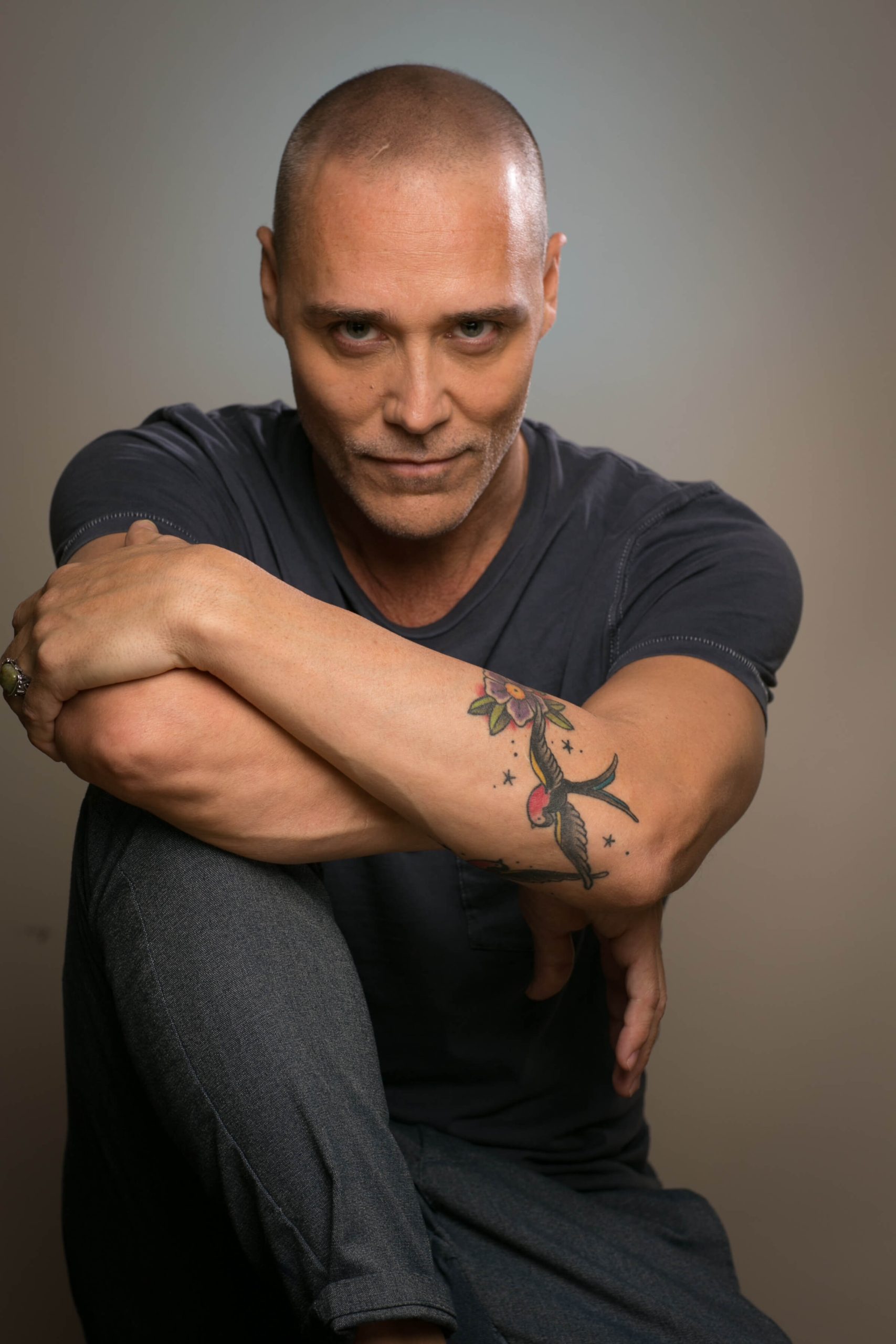
Manicures and pedicures will make your nails look pristine. Posing for portrait photography involves a lot of hand movement.
Clean, clip, and file your nails, so they cause little distraction.
If you’re wearing open-toed shoes or heels, then pay attention to your nail health. This is sure to show on camera in a full-length portrait.
Maintaining your nails is another component to feeling and looking your best for a portrait photo.
Many subjects ask if they should wear their glasses during a portrait session.
We recommend opting for glasses if you wear them very often. Others may recognize you with glasses on, so removing them could throw viewers for a loop.
Glasses are a super stylish accessory—however, they can cause glare in the eyes. Glare from glasses may cause a portrait photographer to change their angle, elevation, or lights.
Minor glare is an easy fix in post-production, but it is best to avoid creating glare from the start.
Red eye and dry eyes are worth avoiding.
Quick and simple eye drops can fix the problem, but make sure that you notice if you have this issue.
Using eye drops give you a refreshing look in the photos.
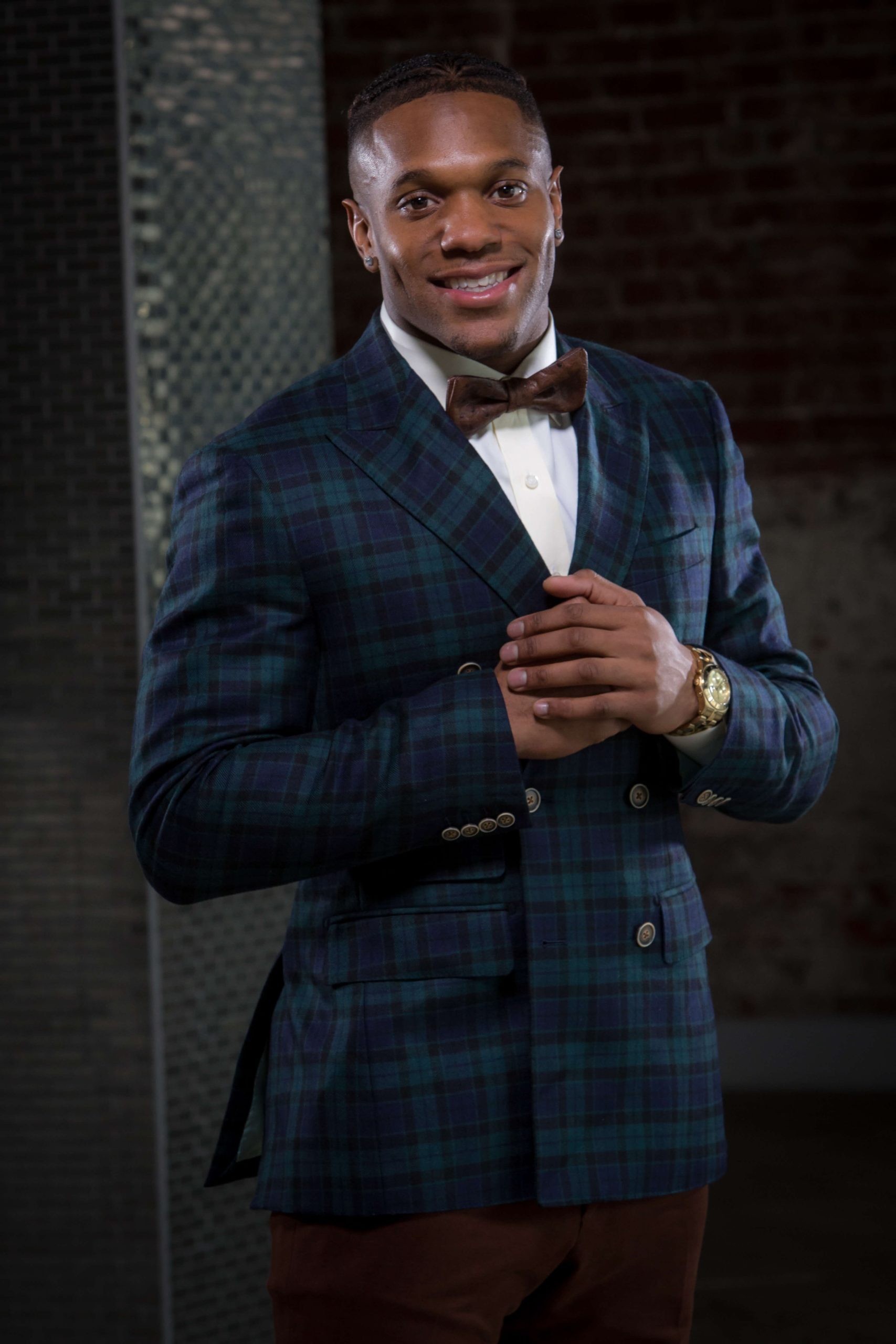
Your smile is a super power.
Keeping a fresh smile throughout the portrait photo session involves brushing and flossing your teeth. Brushing, and especially flossing, will remove loose food from your mouth when smiling for the camera.
A fresh smile is comfortable. It is easier to smile with confidence.
If your portrait session is after lunch, then bring some floss to ensure that you can remove any leftover debris. This will make a difference in your portrait.
A natural smile is the best way to express yourself.
Smelling good is a part of looking your best.
Though cologne and perfume obviously fail to show on camera, a dash of scent can keep everything complete.
Portrait photography can become exhausting for the subject. Switching your poses, walking back-and-forth, and standing for a long period of time will drain your energy. At the same time, you’ll find a new appreciation for professional models.
We recommend packing an energy bar or something similar before your portrait session. Eating this quickly will help you power through the day.
Oftentimes, portrait photography is an hour or more, so having a quick bite will go a long way.
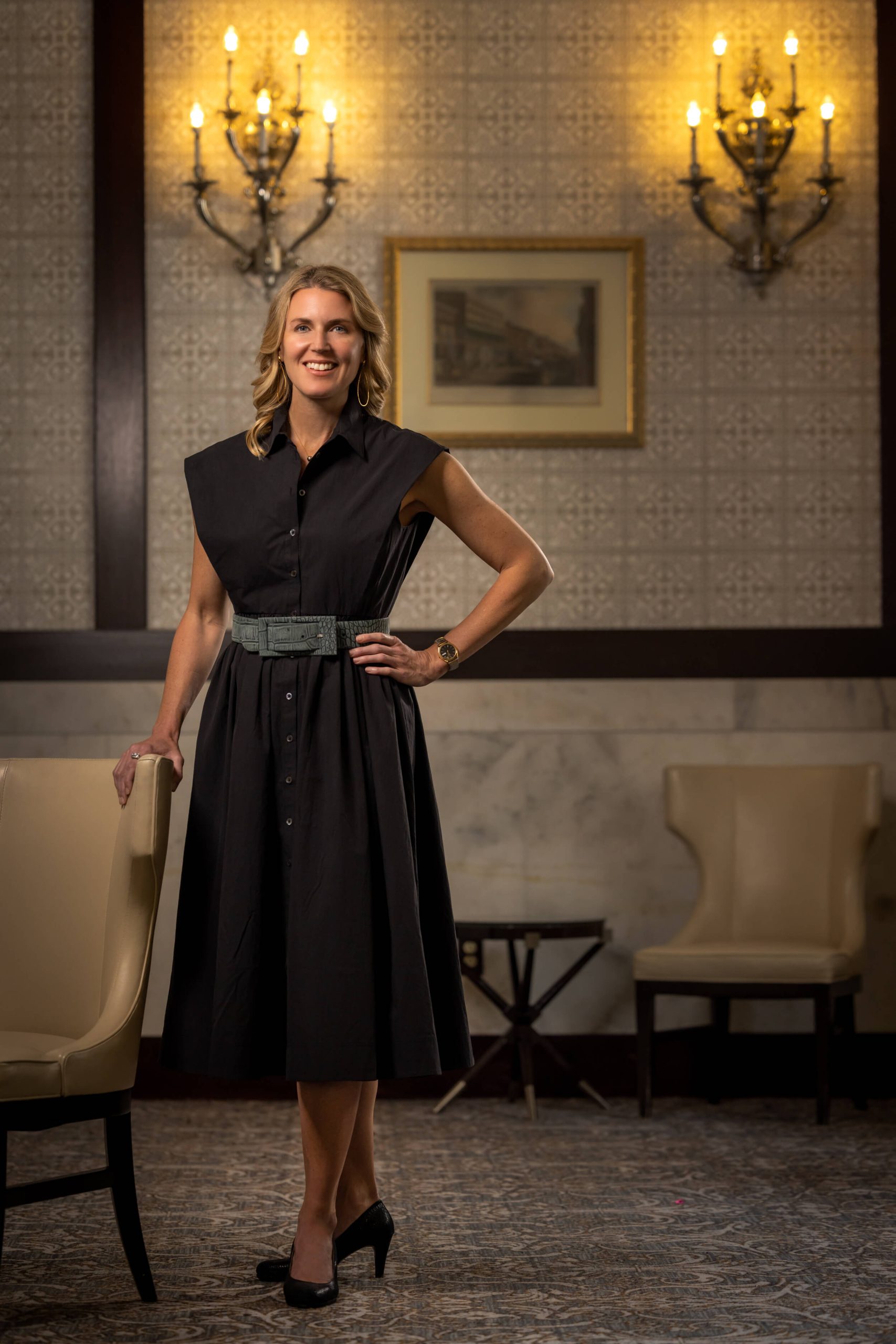
If you have short hair, then you may skip on bringing a hair tie.
Given the appropriate circumstances, hair ties are useful for tightening or adjusting your hairstyle on-set. Hair ties are simple tools that can easily manage long locks.
Avoid leaving hair ties on your wrist during the shoot. Instead, keep them in a pocket or handbag.
What do we mean by this?
When subjects try to pose, there is often disorder. Posing for the camera involves small slow-paced movements.
A nifty trick is remembering the alphabet, and treating each letter as a different pose:
Start with the letter "A" and place your hand on your forearm.
The camera will snap a row a photos.
Next is the letter "B." Make an adjustment by slightly moving your hand to a higher point on your arm.
The camera will snap.
Now, jump to the letter "C." In another slight movement, turn your chin to the right shoulder.
The camera will then capture this pose. And so forth.
Too many times, subjects will speed through their alphabet. They'll drift from "A" to "Q" to "W" and land on "X." They'll move backwards from "Z" to "M" and randomly land on "F."
The trick is to pace yourself. Slight movements make a noticeable difference on camera. Follow the photographer's guidance when it is time switch poses or try something new.
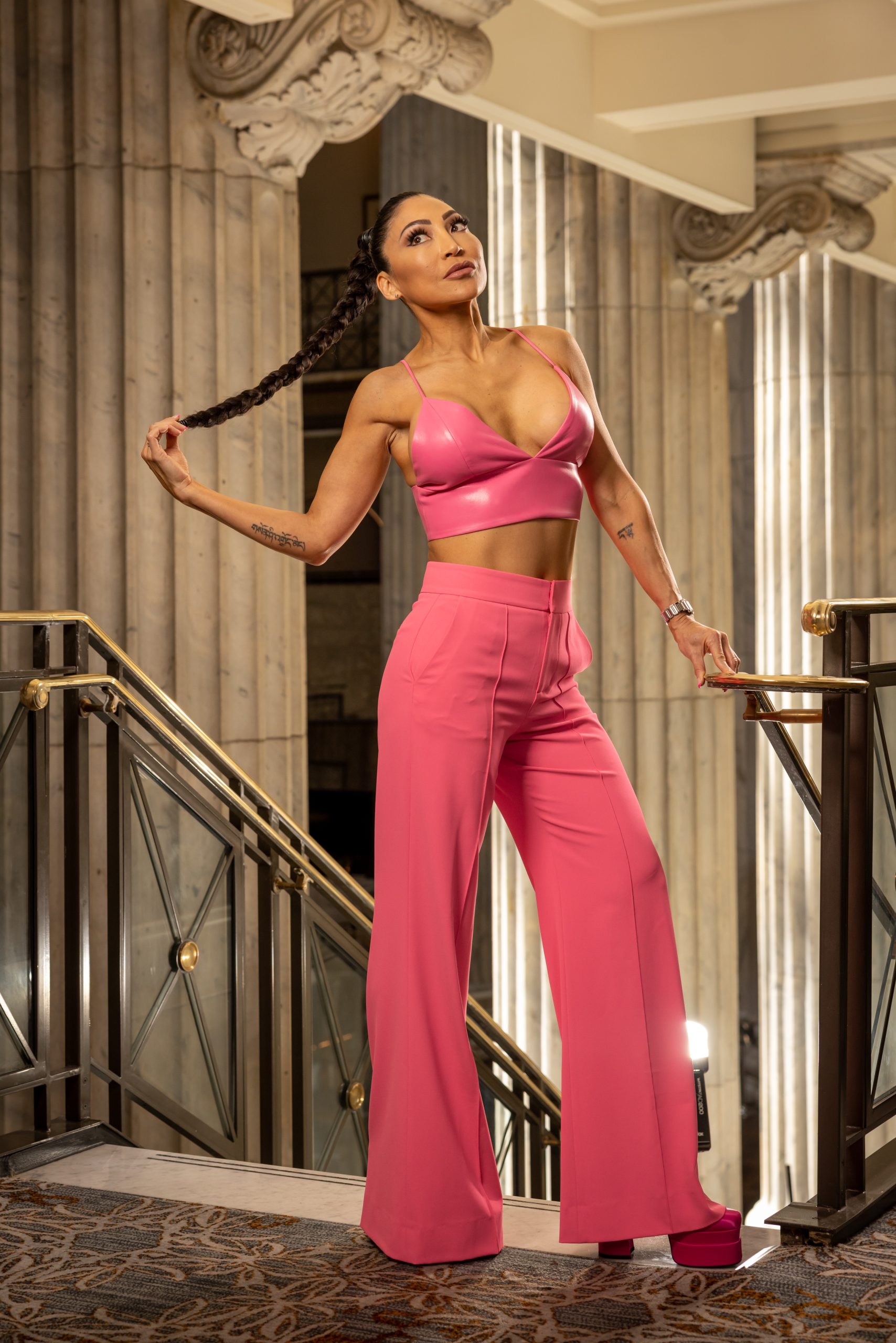
When on set, a portrait photographer will direct most of your poses. Know that every minor body movement can alter the entire photo.
Turning your face, leaning forward, or crossing your arms creates a different energy on camera. Keep this in mind when you pose. It takes many clicks of the camera to eventually capture the best one.
As we photograph the subject, we coach posing techniques. We'll have subjects refresh their smile and help create expressions.
It is important for portrait photographers to guide subjects rather than leave them stranded on set.
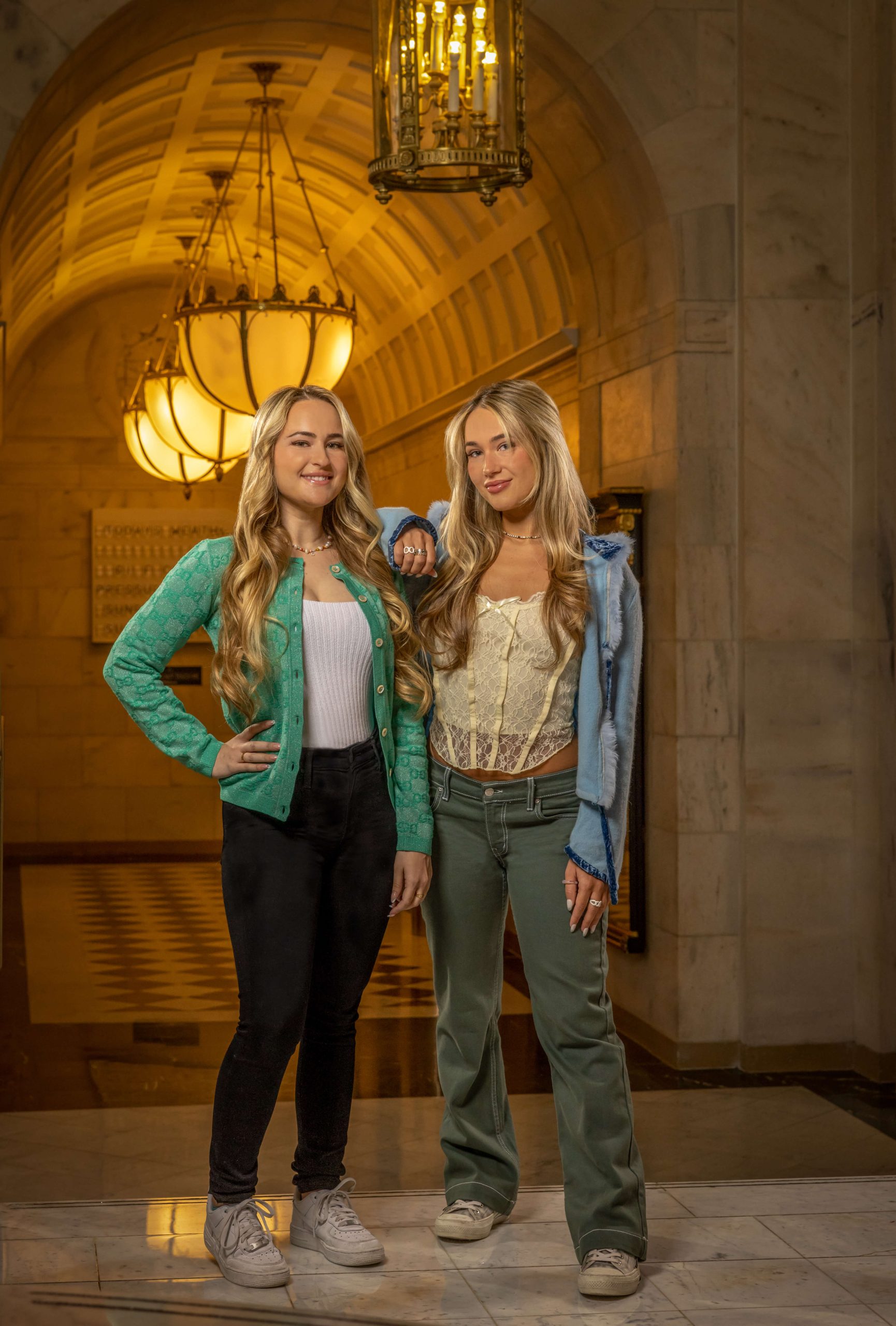
During a portrait session, a photographer will find and capture you from your best angle. However, you should arrive on set with some idea of how you want to look.
Practice your expressions in the mirror to really nail it.
Find some private time to prepare yourself in front of a full-length mirror. Here, you can practice posing and creating the right expression to best represent yourself.
Portrait photographers will direct most of the posing but try to get an idea of what you’re looking to achieve.
This is great way to gain confidence before arriving on set.
If you have a specific vision or a question regarding portrait photography, then communication is key. When a portrait photographer understands your vision, it creates a better photograph.
Talk about your wardrobe because this can determine the best location. If you’re planning to wear an airy pink dress, then a photographer will place you in an appropriate spot.
Lack of communication and preparation leads to improvising on set.
As a portrait photography studio, we prefer to improvise as less often as possible. Open communication and brainstorming can generate creative ideas.
After a discussion with your portrait photographer, a bolder idea may emerge that steers the photo in a better direction.
You should place full trust in your portrait photographer.
While these tips improve your experience, the portrait photographer is responsible for capturing a great photo of you.
Clients can make every effort, but ultimately, a portrait photographer will carry most of the weight. We’ll make corrections and apply a creative vision that we believe embodies your characteristics.
Oftentimes, clients complain that they are bad at taking portrait photos. However, the client is far from the problem. Top-notch portrait photographers dictate the results.
Portrait photographers should educate you on how to create an impactful photo before, during and after the session.
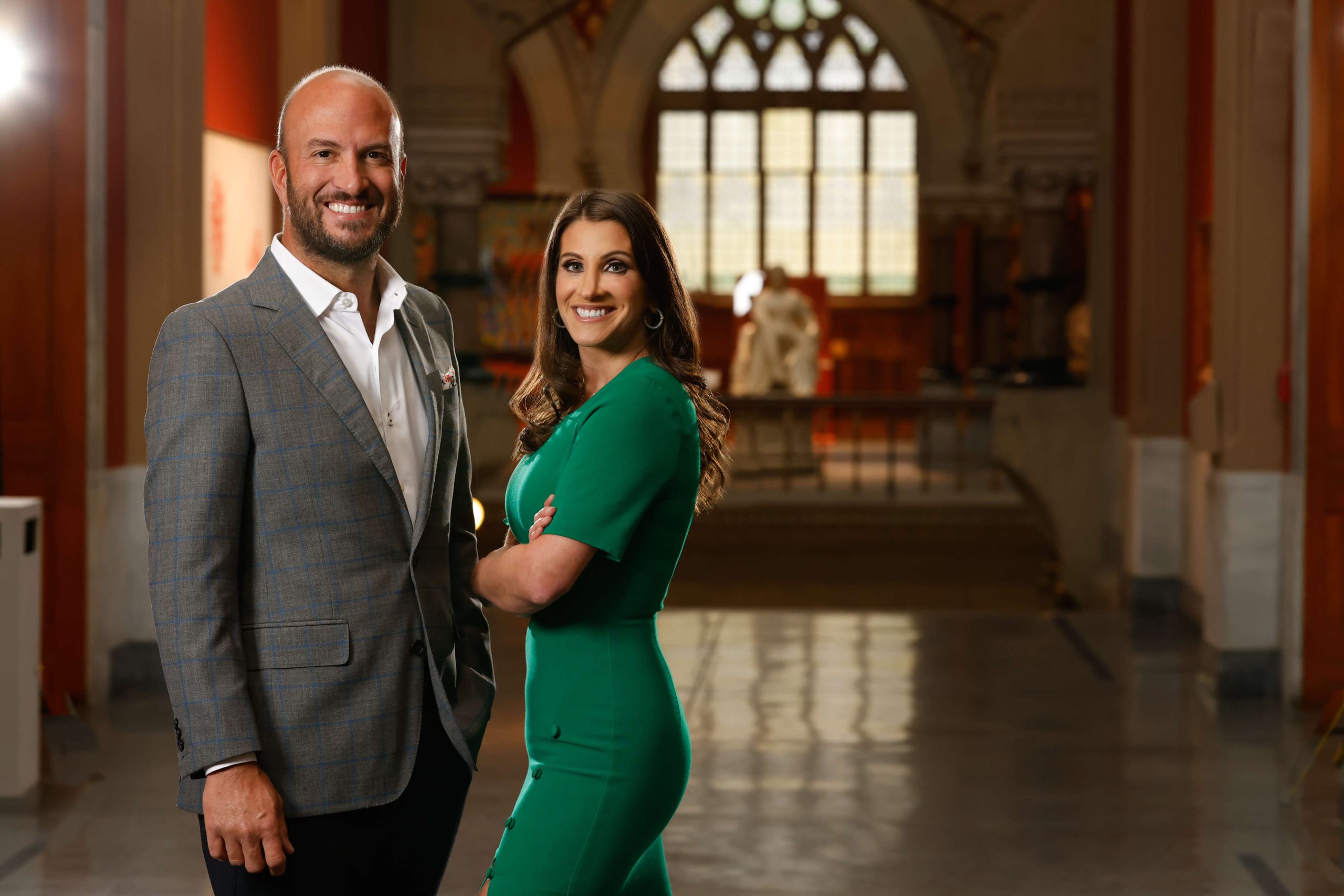
"*" indicates required fields
© 2026 pkphoto.com. All Rights Reserved. Privacy Policy. Sitemap.